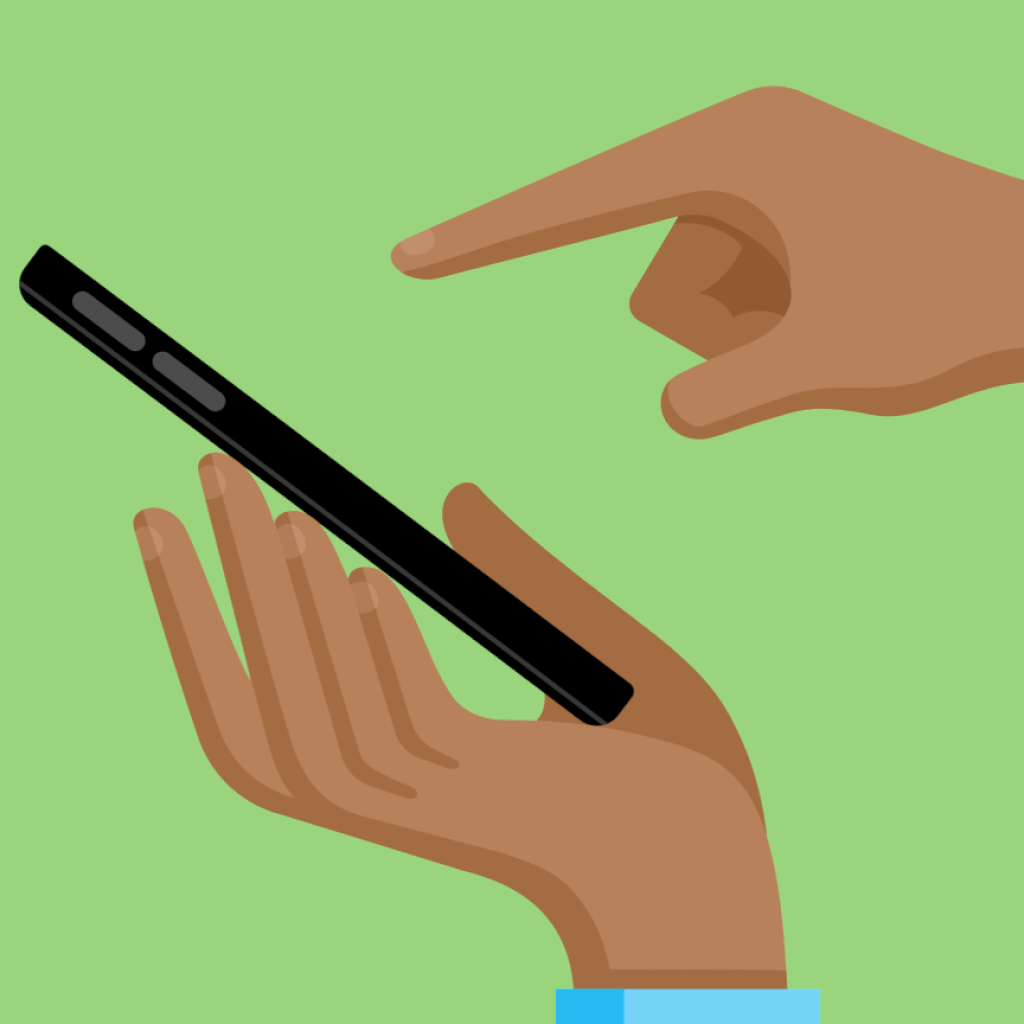Suspicious packages spotlight vast mail surveillance system, United States
The U.S. Postal Service regularly photographs the front and back of every piece of U.S. mail, or about 150 billion parcels, envelopes, and postcards every year. A longstanding practice known as the “mail cover” program enables law enforcement to obtain address information and images of the outsides of mail as part of an investigation without the need for a warrant through the Postal Inspection Service, the U.S. Postal Service’s policing arm.
As part of the mail cover program, mail is routinely digitally photographed as part of the sorting process and even available for recipients to digitally preview in some areas. Apart from threats like bombs, the department says its main focus is on mail theft, fraud, and narcotics cases.
Because a mail cover involves reading only information on the outside of the envelope or package, courts have not ruled it a violation of the Fourth Amendment. But that hasn’t stilled concerns about privacy and abuse.
For decades, the relatively obscure program has come under criticism for its lack of protections, for allowing data to be shared in broader cases than postal regulations allow, and for operating largely outside of public view. Critics have also warned that extensive surveillance of someone’s mail, especially combined with other surveillance, could create privacy violations.
After an audit, the Postal Service inspector general determined in 2014 that the Inspection Service did not have “sufficient controls” in place to ensure that its employees followed the agency’s policies in handling national security mail covers.
“Insufficient controls over the mail covers program could hinder the Postal Inspection Service’s ability to conduct effective investigations, lead to public concerns over privacy of mail, and harm the Postal Service’s brand,” it warned in a report.
Mail covers drew fire in the 1970s as part of government surveillance of groups deemed subversive, after a 15-year-old girl was apparently put under surveillance for writing a letter to a radical group. She had reportedly actually intended to contact a similarly named organization as part of a homework assignment.



